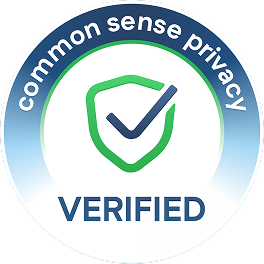Take a look inside 5 images
Annenberg Learner
Pros: Anytime access to PD. Often showcases real classrooms.
Cons: Some videos and lessons are 20-years old. No CE certificates.
Bottom Line: A hodge-podge of resources and video courses may help some teachers brush up on their content knowledge and instructional skills.
The bulk of content on Annenberg Learner is designed for teacher learning. Teachers can complete courses at their own pace by watching videos and completing tasks. The materials may be most useful for teachers who are teaching a particular subject or topic for the first time. Some courses, like integrating the arts or STEM across the curriculum, may be useful for teachers who are looking for ways to develop cross-curricular lessons. Because the courses are broken down into small segments, it's easy for teachers to pick and choose which content is most relevant to them, especially if their time is limited.
There are some resources for use with students in the classroom. The STEAM activities from Two Bit Circus offer excellent ideas for integrating hands-on engineering projects into classes for all ages. Though the science videos aren’t as flashy and kid-focused as some other platforms, they offer high quality instruction and can be used to supplement a science curriculum. There are also some text-heavy interactive webpages for students on topics such as the rock cycle, amusement park physics, the elements of a story, the Middle Ages, and more.
Annenberg Learner is a collection of professional development courses and instructional materials for K-12 educators. Annenberg Learner is one of the many initiatives of the philanthropic Annenberg Foundation. The video-based courses are designed to help educators learn to teach a variety of topics from all subject areas, including ELA, fine arts, world languages, and STEAM. Many of the videos are also appropriate for direct instruction in the K-12 classroom, especially in secondary grades. Most of the content is created by organizations that have partnerships with Annenberg Learner, such as the Harvard-Smithsonian Center for Astrophysics, Two Bit Circus, and various public broadcasting groups. In addition to videos, some resources include detailed lesson plans, digital interactive lessons, and printable materials to share with K-12 students.
Much of the content on Annenberg Learner was developed 10-20 years ago and has that old-school PBS vibe. Despite the out-dated feel, the content is very high quality and still mostly relevant in today’s classrooms. The PD courses focus on creating a learning environment that is hands-on and real-world relevant.
The videos play well in a web browser, but cannot be downloaded or saved for offline viewing. Many videos, but not all, offer captions and transcripts. Anyone can access the site, so it’s easy to share the content with students and other teachers, as long as they have internet access that supports video streaming. It would be great if Annenberg Learner offered CE certificates so that teachers could apply their time and effort toward license renewal. K-12 schools/districts are allowed to use Annenberg Learner resources for free during regular professional development sessions.















